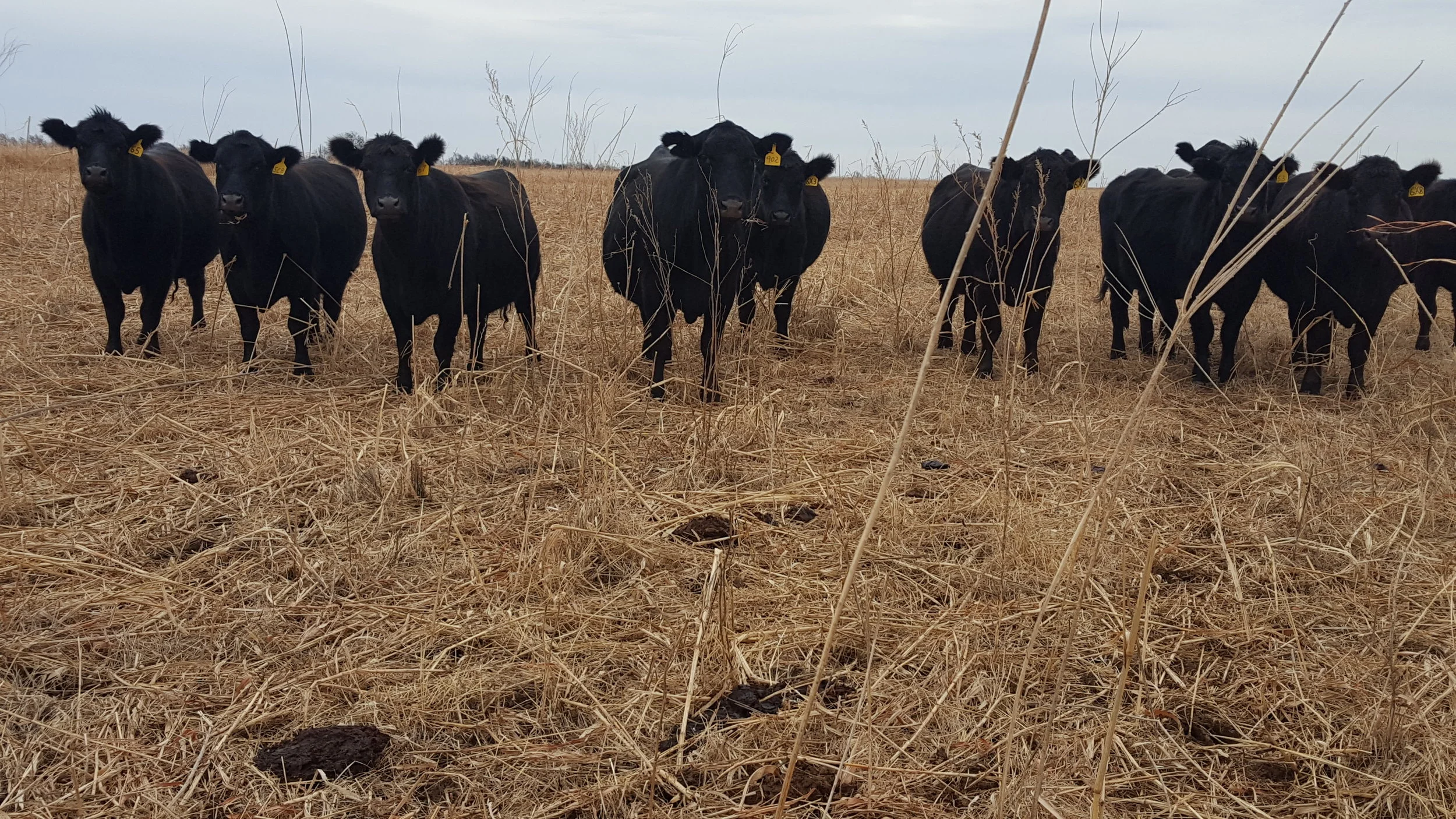Keep living roots in the soil to get more precipitation absorbed.
That was a key takeaway from a University of Nebraska-Lincoln researcher’s deep dive into water retention practices. Water retention is important, especially when you consider last spring’s devastating floods that left water standing in many farm fields, disrupting the planting season.
UNL’s Andrea Basche and a research partner found that planting cover crops and perennials could significantly improve the ability of soil to soak up heavy rains. “If water doesn’t get into the soil, if it doesn’t infiltrate, then it’s going to run off and contribute to erosion or water pollution,” said Basche, assistant professor of agronomy and horticulture.
The reason that cover crops and perennials are so effective is that they break through compacted layers of soil, said Aaron Hird, soil health specialist at the Natural Resource Conservation Service. Even if a farmer has moved to no-till practices, there is still a layer of compacted dirt underground. Roots help to break that up and allow water to flow through.
Basche, along with Marcia DeLonge of the Union of Concerned Scientists, looked at 89 studies about water retention. The analysis focused on five practices: no-till farming, cover crops, crop rotations, perennial plantings and cropland grazing. Perennial plantings and cover crops seemed to have the most impact on soil water retention. Cover crops are those that are planted during the off season in order to retain the benefits of having a plant in the ground during that time. Perennial plants are those that live for multiple years, so even during the off season they leave living roots in the ground. The research suggests that the continuous presence of root systems may open up more ways for water to infiltrate, Basche said.
Healthy soils are those with more carbon, or living matter, in it, said Keith Berns, Chairman of the Nebraska Healthy Soils Task Force and a Bladen, Nebraska farmer who also runs a cover crop seed business. The benefits of healthy soil, he said, include being better for the environment, producing healthy food and saving money for the producer. “It works really well and allows them to make more money but it’s also environmentally better,” Berns said.
And, yes, it increases water absorption — which in turn helps prevent flooding and erosion. Hird said every farmer he talked to that had cover crops during this year’s flooding said those fields fared better than others nearby. And cover crops can help the soil recover from the effects of the flood, allowing production to resume faster, he said.
Merrick County farmer Noah Seim told the U.S. Department of Agriculture that his use of rye as a cover crop helped prevent damage during this year’s floods. He said the rye held the soil in place. In a post on the USDA website, Seim said: “I cannot imagine what that field would have looked like if the rye had not been there.”
- Roseann Moring/Omaha World-Herald staff-writer, October 21, 2019








